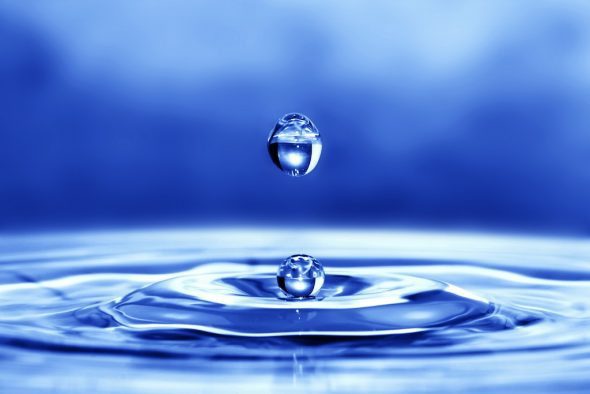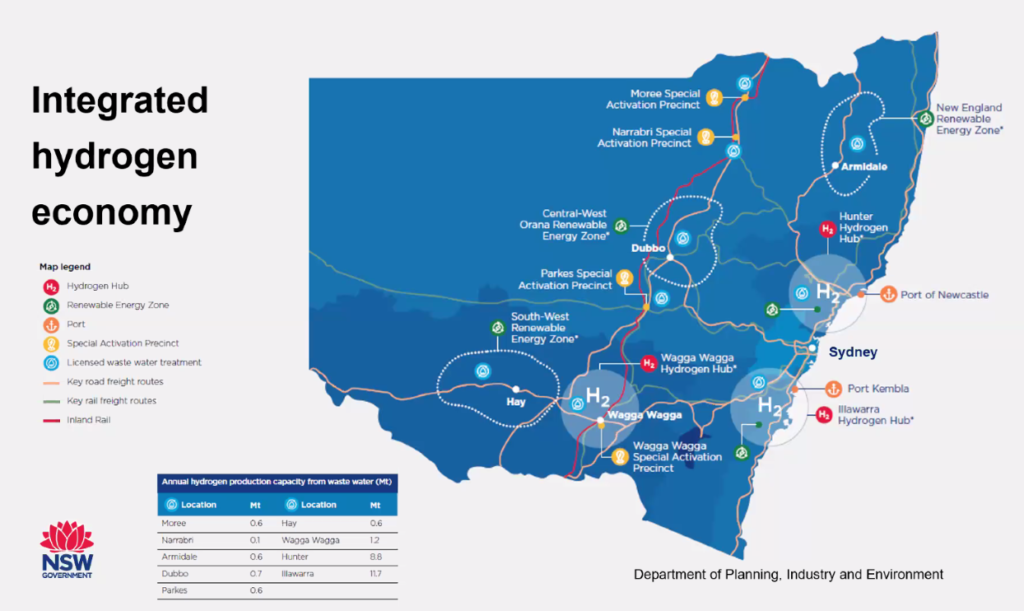
The NSW Government says cleaned water from the state’s wastewater treatment plants could be critical to realising its ambitions on green hydrogen.
Hydrogen can be produced by using electricity to “split” water into hydrogen and oxygen. Much emphasis has been placed on the source of electricity used to produce hydrogen, such as wind and solar.
Today the NSW government indicated that the source of water will also be a critical component in realising its ambitious hydrogen strategy.
“We are very aware of the use of sustainable water resources and believe the connection to wastewater will be a key area of growth in the hydrogen economy,” Tim Stock, the government’s hydrogen and clean energy project director, told the Smart Energy Council’s NSW state summit on Tuesday.
With parts of NSW still drought affected or recovering after the prolonged 2019-20 drought, Stock presented a map identifying wastewater treatment plants as a key feature in a future hydrogen economy.
The map for an ‘integrated hydrogen economy’ pinpoints proposed hydrogen hubs and ports, renewable energy zones and existing wastewater treatment plants. The map also identifies so-called ‘special activation precincts’ which are dedicated areas for new commercial and industrial infrastructure.






